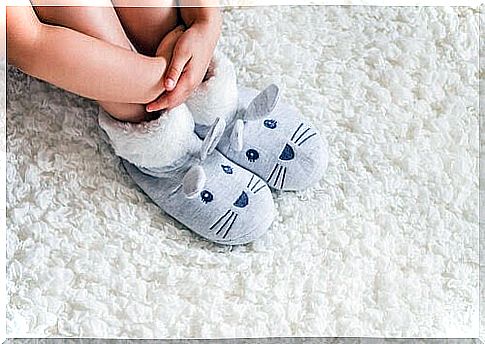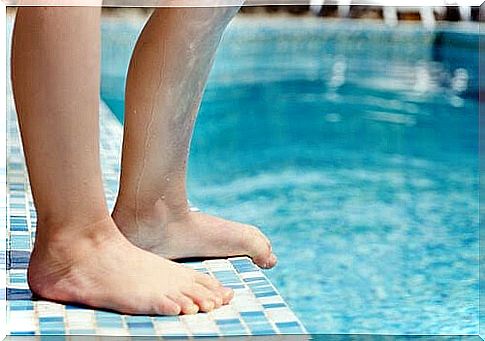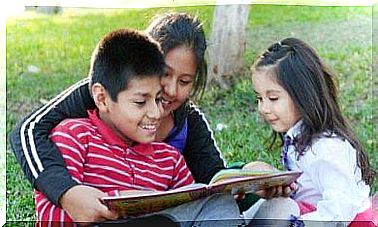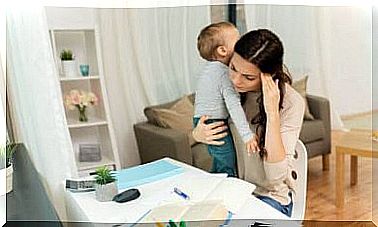Willis-Ekbom’s Disease In Children

Have you ever heard of Willis-Ekbom’s disease? If not, you can learn more about it in today’s article.
The disease was formerly called Restless Legs Syndrome , RLS, or restless legs. Historically, it was a disease that was thought to affect only adults over the age of 45.
The first case of children is documented in 1944: it appeared in three brothers at one, four and six years of age respectively. The brothers had some common signs of the condition.
The following year, 1945, Karl Ekbom was the first to describe this disease.
The syndrome is much more common than you might think, and it is therefore important to know the symptoms and causes to find the right treatment in time.
Symptoms of Willis-Ekbom’s disease in children
The disease affects between 2% and 3% of the global child population in a severe form.
The symptoms tend to be most noticeable when the person is resting, either sitting or lying down. The victims experience various unpleasant symptoms, such as:
- A burning sensation.
- Pinches.
- Knitting.
- Ant crawls.
- Numbness and twitching.
- A feeling that something is crawling along the legs.
- The legs may feel cold or hot.

It is important to note that these discomforts tend to diminish or even disappear completely when the affected person touches the legs.
The symptoms usually occur during inactivity, such as on long car journeys, train journeys or flights, when going to the cinema or simply lying down to rest.
As a result, rest is disturbed. In fact, the disease is one of the leading causes of insomnia in children and adults.
What causes the disease?
The cause differs from person to person, but it has been proven that there is a significant genetic factor. About 80% of the children diagnosed with Willis-Ekbom’s disease have a close family member who suffers or has had the disease before.
The syndrome can also be due to a change in the neurotransmitters – in other words a change in the substances with which the body’s neurons communicate.
Iron deficiency is also associated with Willis-Ekbom’s disease. Studies have found that iron is of utmost importance for the proper functioning of neurotransmitters linked to this syndrome.
A low iron content increases the risk of developing Willis-Ekbom’s disease in both children and adults. Therefore, by increasing the intake of iron, the symptoms can be significantly alleviated. In some cases, the disease may even disappear completely.
How is Willis-Ekbom’s disease treated in children?
Willis-Ekbom’s disease tends to get worse after it first occurs. But with the right diagnosis and regular treatment, the patient can feel better.
A blood test is necessary to, among other things, check the body’s iron content. In most cases of Willis-Ekbom’s disease, the iron content is different. If this is the case, your doctor will prescribe vitamin supplements.
Apart from controlling the iron content in the blood, it has also been shown to be helpful to make small changes in the patient’s daily routine. For example, daily physical exercise, especially in the afternoon, is very helpful.

The most effective forms of exercise for these cases are:
- Swimming.
- Running training.
- Yoga.
- Sports such as football and basketball, among others.
In addition, physiotherapy can be very helpful in treating Willis-Ekbom’s disease. The sufferer not only gets the opportunity to train and strengthen their joints and muscles, but it also relieves the symptoms.
You can also turn to alternative treatments to help your child relax and sleep better. The most effective are usually a warm bath before the child goes to bed, child massage and aromatherapy.
Of course, you can also consult your pediatrician to see if he or she recommends that you turn to certain infusions and teas (mint, peppermint, chamomile) to help your child relax and sleep better at night.









